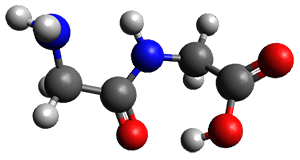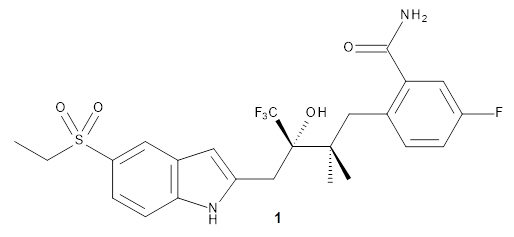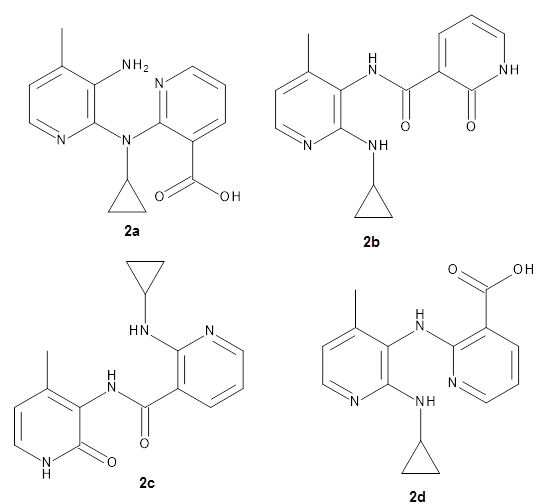A few nice review/opinion pieces have been piling up in my folder of papers of interest for this Blog. So, this post provides a short summary of a number of review articles that computationally-oriented chemists may find of interest.
Holy Grails in computational chemistry
Houk and Liu present a short list of “Holy Grails” in computationally chemistry.1 They begin by pointing out a few technical innovations that must occur for the Grails to be found: development of a universal density functional; an accurate, generic force field; improved sampling for MD; and dealing with the combinatorial explosion with regards to conformations and configurations. Their list of Grails includes predicting crystal structures and structure of amorphous materials, catalyst design, reaction design, and device design. These Grails overlap with the challenges I laid out in my similarly-themed article in 2014.2
Post-transition state bifurcations and dynamics
Hare and Tantillo review the current understanding of post-transition state bifurcations (PTSB).3 This type of potential energy surface has been the subject of much of Chapter 8 of my book and many of my blog posts. What is becoming clear is the possibility of a transition state followed by a valley-ridge inflection leads to reaction dynamics where trajectories cross a single transition state but lead to two different products. This new review updates the state-of-the-art from Houk’s review4 of 2008 (see this post). Mentioned are a number of studies that I have included in this Blog, along with reactions involving metals, and biochemical systems (many of these examples come from the Tantillo lab). They close with the hope that their review might “inspire future studies aimed at controlling selectivity for reactions with PTSBs” (italics theirs). I might offer that controlling selectivity in these types of dynamical systems is another chemical Grail!
The Hase group has a long review of direct dynamics simulations.5 They describe a number of important dynamics studies that provide important new insight to reaction mechanism, such as bimolecular SN2 reactions (including the roundabout mechanism) and unimolecular dissociation. They write a long section on post-transition state bifurcations, and other dynamic effects that cannot be interpreted using transition state theory or RRKM. This section is a nice complement to the Tantillo review.
Benchmarking quantum chemical methods
Mata and Suhm look at our process of benchmarking computational methods.6 They point out the growing use of high-level quantum computations as the reference for benchmarking new methods, often with no mention of any comparison to experiment. In defense of theoreticians, they do note the paucity of useful experimental data that may exist for making suitable comparisons. They detail a long list of better practices that both experimentalists and theoreticians can take to bolster both efforts, leading to stronger computational tools that are more robust at helping to understand and discriminate difficult experimental findings.
References
1) Houk, K. N.; Liu, F., "Holy Grails for Computational Organic Chemistry and Biochemistry." Acc. Chem. Res. 2017, 50 (3), 539-543, DOI: 10.1021/acs.accounts.6b00532.
2) Bachrach, S. M., "Challenges in computational organic chemistry." WIRES: Comput. Mol. Sci. 2014, 4, 482-487, DOI: 10.1002/wcms.1185.
3) Hare, S. R.; Tantillo, D. J., "Post-transition state bifurcations gain momentum – current state of the field." Pure Appl. Chem. 2017, 89, 679-698, DOI: 0.1515/pac-2017-0104.
4) Ess, D. H.; Wheeler, S. E.; Iafe, R. G.; Xu, L.; Çelebi-Ölçüm, N.; Houk, K. N., "Bifurcations on Potential Energy Surfaces of Organic Reactions." Angew. Chem. Int. Ed. 2008, 47, 7592-7601, DOI: 10.1002/anie.200800918
5) Pratihar, S.; Ma, X.; Homayoon, Z.; Barnes, G. L.; Hase, W. L., "Direct Chemical Dynamics Simulations." J. Am. Chem. Soc. 2017, 139, 3570-3590, DOI: 10.1021/jacs.6b12017.
6) Mata, R. A.; Suhm, M. A., "Benchmarking Quantum Chemical Methods: Are We Heading in the Right Direction?" Angew. Chem. Int. Ed. 2017, ASAP, DOI: 10.1002/anie.201611308.





